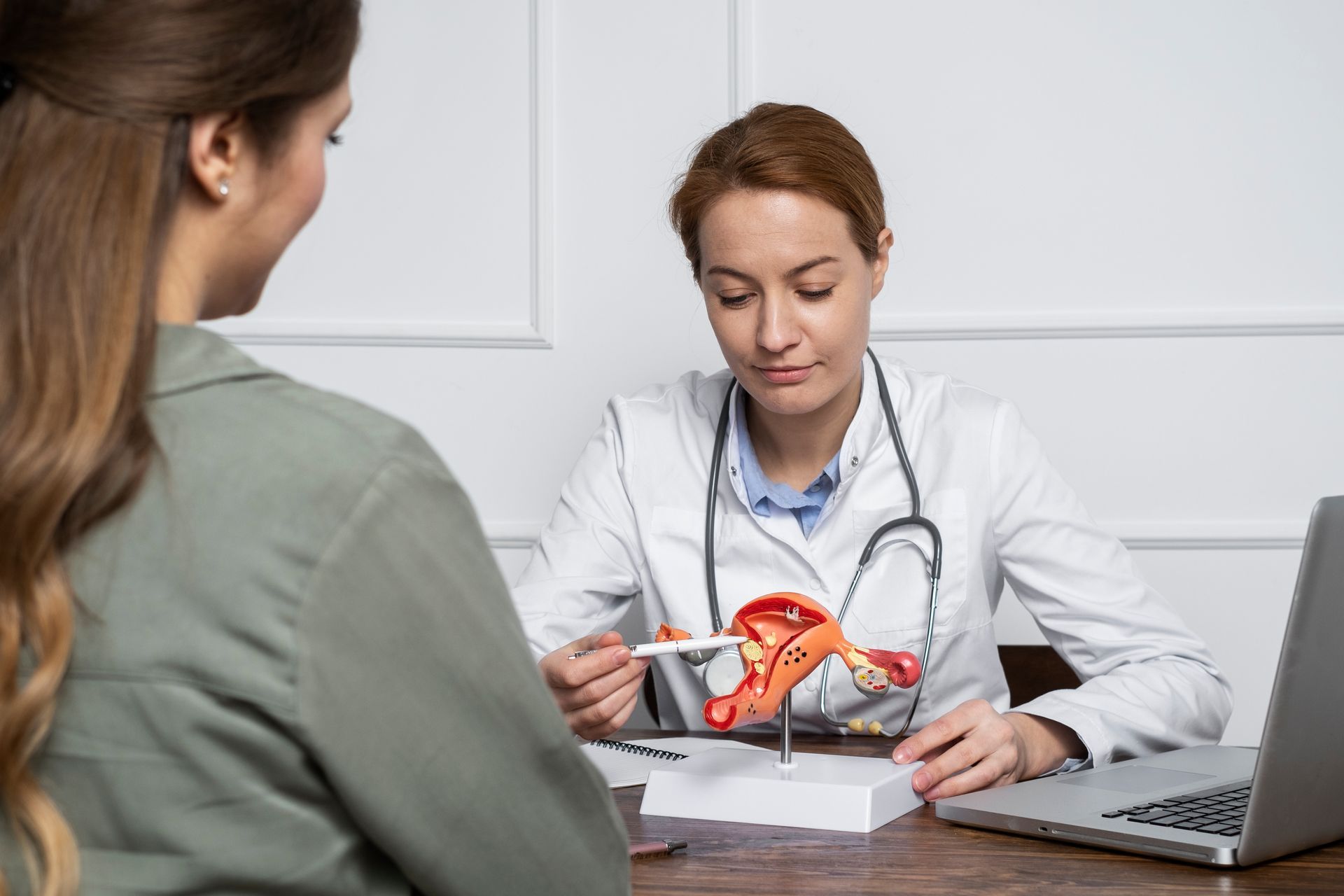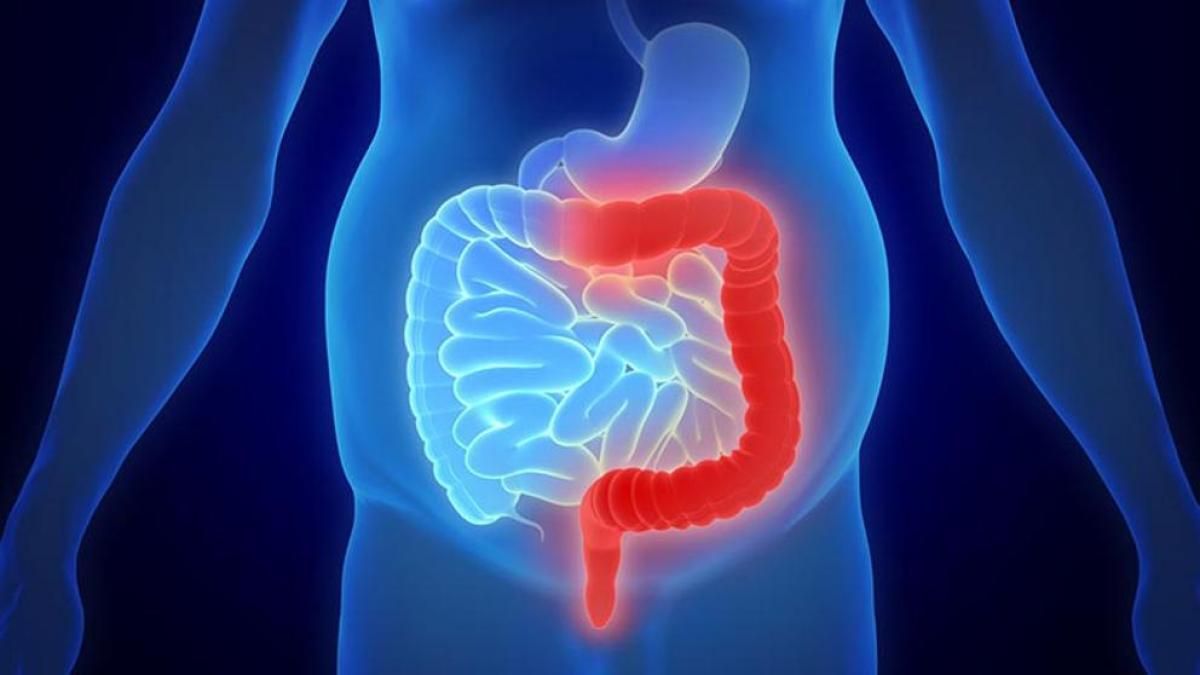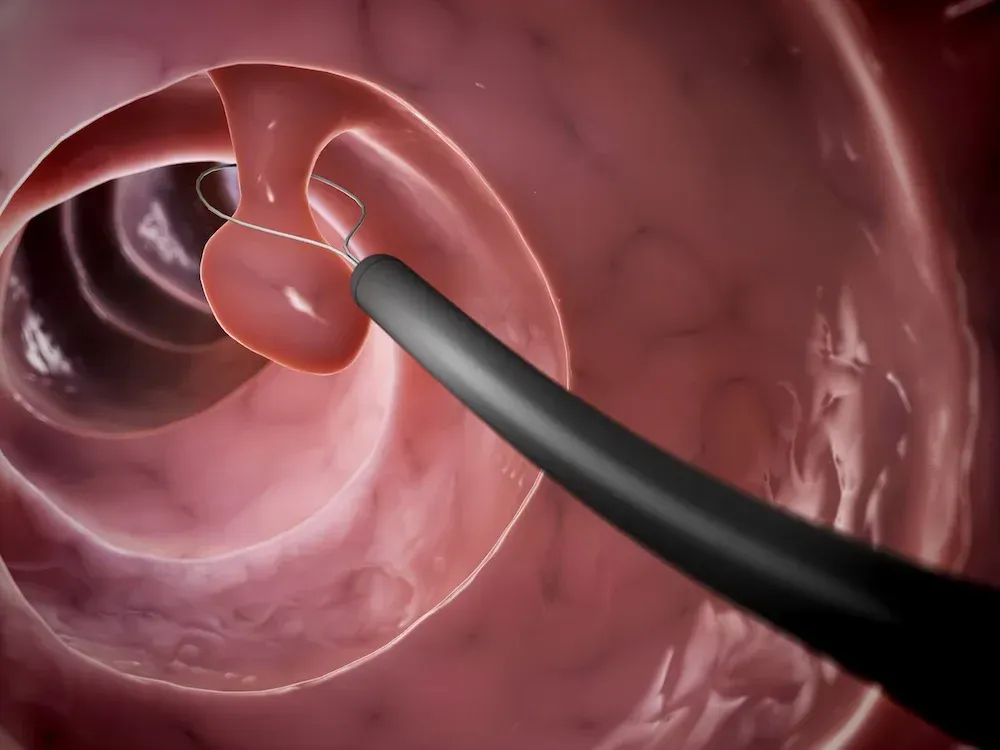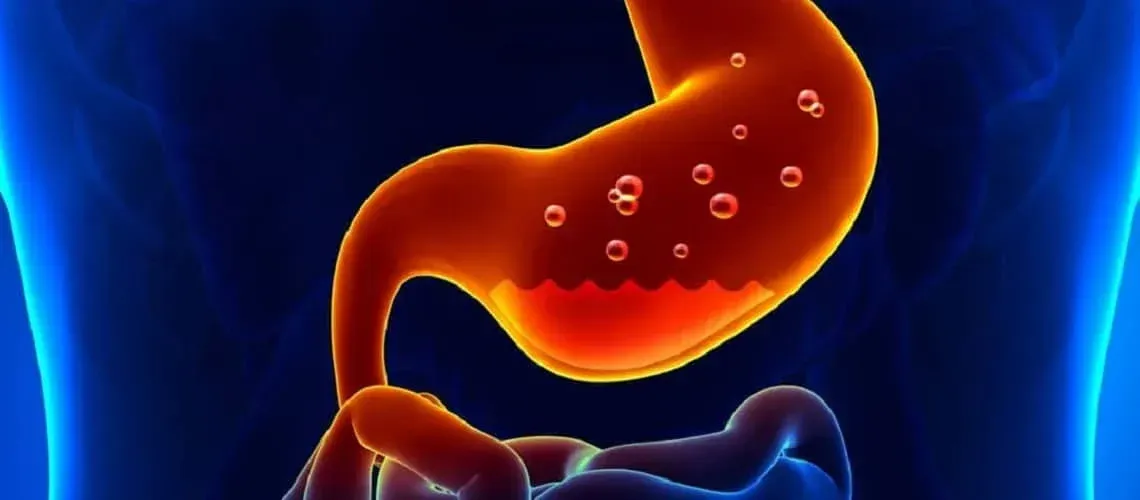Rubber Band Ligation for Hemorrhoid Treatment: What to Expect at Home
The Procedure
In this particular hemorrhoid treatment procedure, a hemorrhoid is tied off at its base with rubber bands. This is performed by a gastroenterologist , or a general surgeon.
You may feel pain and have a feeling of fullness in your lower belly. Or you may feel as if you need to have a bowel movement. This usually goes away within several days after the surgery. You may need pain medicine during this time.
You may have a small amount of bleeding from your anus about 7 to 10 days after surgery, when your hemorrhoid falls off. This is normal.
Some people are able to return to regular activities right away. Others may need 2 to 3 days of bedrest.
You will need to avoid heavy lifting and straining with bowel movements while you recover.
This care sheet gives you a general idea about how long it will take for you to recover. But each person recovers at a different pace. Follow the steps below to get better as quickly as possible.
Your Recovery
How can you care for yourself at home?
Activity
- Rest when you feel tired. Getting enough sleep will help you recover.
- Try to walk each day. Start by walking a little more than you did the day before. Bit by bit, increase the amount you walk. Walking boosts blood flow and helps prevent pneumonia and constipation.
- Avoid strenuous activities, such as bicycle riding, jogging, weight lifting, or aerobic exercise, until your doctor says it is okay.
- For 2 to 3 weeks, avoid lifting anything that would make you strain. This may include heavy grocery bags and milk containers, a heavy briefcase or backpack, cat litter or dog food bags, a vacuum cleaner, or a child.
- You may take showers and baths as usual. Pat your anal area dry when you are done.
- Ask your doctor when you can drive again.
- You may need to take a few days to a few weeks off work. It depends on the procedure you had, the type of work you do, and how you feel.
Diet
- You can eat your normal diet. If your stomach is upset, try eating bland, low-fat foods like plain rice, broiled chicken, toast, and yogurt.
- Drink plenty of fluids (unless your doctor has told you not to).
- It is important to eat high-fiber foods after your procedure. This will make it easier to have bowel movements and keep your hemorrhoids from coming back.
- You may notice that your bowel movements are not regular right after your procedure. This is common. Try to avoid constipation and straining with bowel movements. You may want to take a fiber supplement every day. If you have not had a bowel movement after a couple of days, ask your doctor about taking a mild laxative.
Medicines
- Your doctor will tell you if and when you can restart your medicines. He or she will also give you instructions about taking any new medicines.
- If you take aspirin or some other blood thinner, ask your doctor if and when to start taking it again. Make sure that you understand exactly what your doctor wants you to do.
- Take pain medicines exactly as directed.
- If the doctor gave you a prescription medicine for pain, take it as prescribed.
- If you are not taking a prescription pain medicine, ask your doctor if you can take an over-the-counter medicine.
- Do not take two or more pain medicines at the same time unless the doctor told you to. Many pain medicines have acetaminophen, which is Tylenol. Too much acetaminophen (Tylenol) can be harmful.
- If your doctor prescribed antibiotics, take them as directed. Do not stop taking them just because you feel better. You need to take the full course of antibiotics.
- If you think your pain medicine is making you sick to your stomach:
- Take your medicine after meals (unless your doctor has told you not to).
- Ask your doctor for a different pain medicine.
- You may apply numbing medicines before and after bowel movements to relieve pain.
Other instructions
- Sit in 8 to 10 centimeters of warm water (sitz bath) for 15 to 20 minutes 3 times a day and after bowel movements. Then pat the area dry. Do this as long as you have pain in your anal area.
- Put ice or a cold pack on the area for 10 to 20 minutes at a time. Try to do this every 1 to 2 hours for the next 3 days (when you are awake). Put a thin cloth between the ice and your skin.
- Support your feet with a small step stool when you sit on the toilet. This helps flex your hips and places your pelvis in a squatting position. This can make bowel movements easier after your procedure.
- Try lying on your stomach with a pillow under your hips to decrease swelling.
Follow-up care is a key part of your treatment and safety. Be sure to make and go to all appointments.
The post Rubber Band Ligation for Hemorrhoid Treatment: What to Expect at Home appeared first on Gastro SB.










